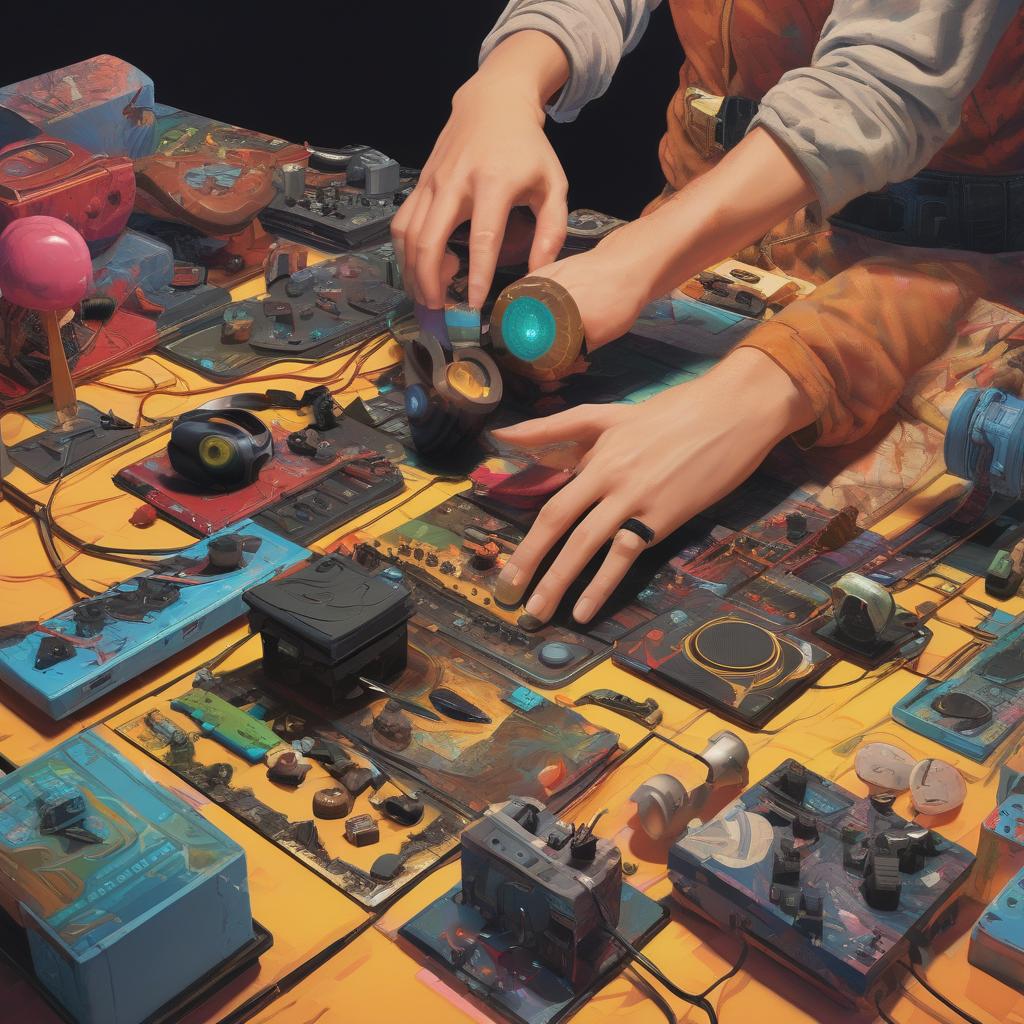Sound Design Techniques: Elevate Your Audiovisual Projects
Sound design is a complete art form, allowing the transformation of abstract ideas into memorable auditory experiences. Whether for video games, cinema, television, or music, sound design techniques are essential for creating immersive and engaging atmospheres. In this article, we will explore several common techniques that can elevate your sound design projects.

Field Recording
Field recording involves capturing sounds from the real world, whether in nature, urban environments, or specific settings. This can include ambient noises, conversations, or unique sounds that can then be manipulated to incorporate them into audio projects.
Example of use:
Using crowd recordings to create a festival atmosphere in a film.
Synthesis
Synthesis is the creation of sounds by electronic means. There are different types of analog, digital, and modular synthesizers that allow for the generation of a wide range of sounds. Additive, subtractive, and FM synthesis are techniques commonly used in music creation and sound design.
Example of use:
Creating futuristic sounds or unique sound textures for video games or science fiction movies.
Foley
Foley is the technique of creating sounds in synchronization with the movements of objects in films or videos. This includes the sound effects of footsteps, creaking doors, and other audio elements that need to be added to enhance the authenticity of the scene.
Example of use:
Add footsteps and rustling clothes sounds to make a film scene more realistic.
Sound Layering
Layering involves combining multiple audio tracks to create a richer and more complex sound. This technique is often used for soundscapes and sound effects. By layering samples of different sounds, one can create unique atmospheres that captivate the listener.
Example of use:
Mix sounds of waves, birdsong, and breezes to create a relaxing beach atmosphere.
Sampling
Sampling involves taking audio excerpts of pre-existing sounds and manipulating them to use in new contexts. This can include processing samples with effects, changing the pitch, or cutting and rearranging the sounds.
Example of use:
Using a vocal sample to create a melody or texture in a music track.
Sound Effects and Audio Processing
The addition of sound effects such as reverb, delay, and distortion can transform basic sounds into impressive and immersive elements. Audio processing also allows for improving sound quality and adapting sounds to the environment you wish to create.
Example of use:
Applying reverb to a voice to simulate a large, open space, like a cathedral.
Thematic Composition
A good sound designer also knows how to compose musical themes that will accompany the narrative universe of the experience. Whether it's for a film, a game, or an advertisement, having a memorable piece of music that blends well with the sound elements will add value to your project.
Example of use:
Create a memorable musical theme for a character or a situation that repeats throughout a series.
Conclusion
Sound design is a rich and complex field that offers countless creative possibilities. By using techniques such as field recording, synthesis, foley, and many others, you can transform your audiovisual projects into immersive and captivating experiences. Whether you are a novice or a professional in sound design, exploring these techniques will help you improve your skills and enrich your sound palette.
Don't hesitate to experiment and discover how these techniques can be applied to your specific projects. Remember, every sound has a story to tell.
If you need help with your sound design projects or are looking for custom services, contact Resonance Sound Design (contact@resonance-sounddesign.com) to discuss your ideas!







